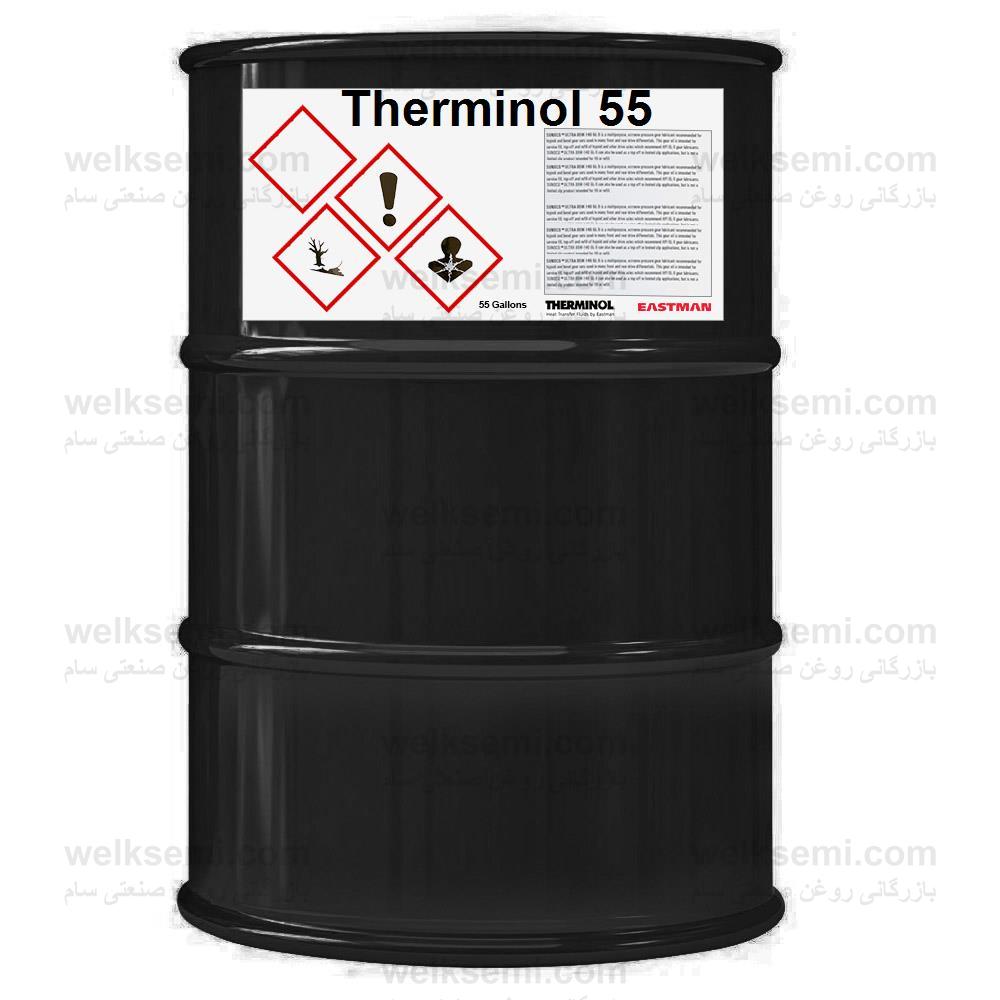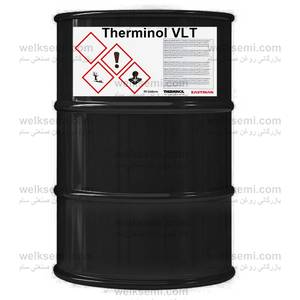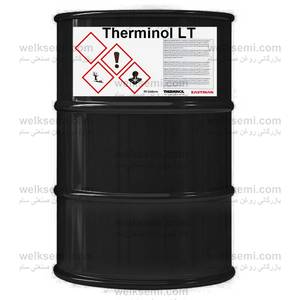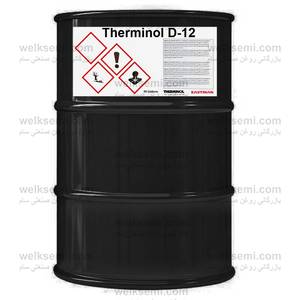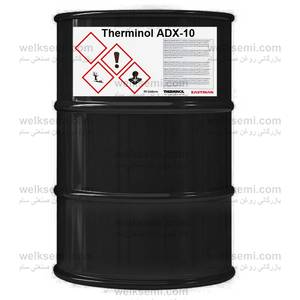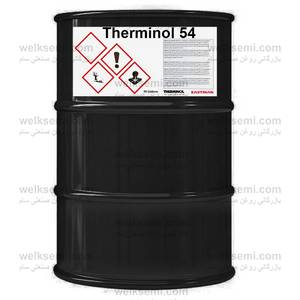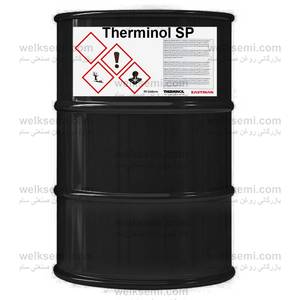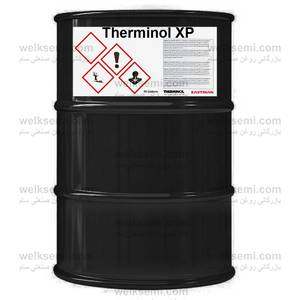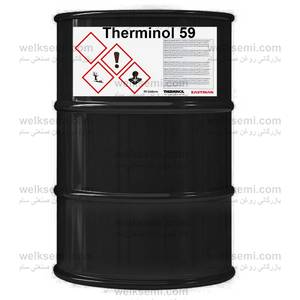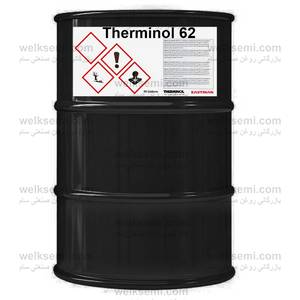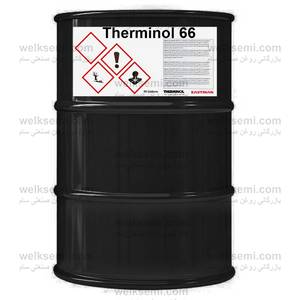Introduction to Therminol 55
Therminol 55 is a heat transfer fluid designed for high-temperature applications. It is widely used in various industrial processes where efficient heat management is crucial. With a high boiling point and excellent thermal stability, Therminol 55 is engineered to operate under extreme conditions without breaking down or losing its properties. This article explores its applications, benefits, and more detailed information about this remarkable product.
Applications of Therminol 55
The versatility of Therminol 55 makes it suitable for a range of applications. It is particularly effective in industries such as petrochemical, plastic manufacturing, textiles, and food processing. The fluid’s ability to maintain performance at high temperatures without degradation contributes to operational efficiency and equipment longevity, making it a preferred choice among engineers and plant managers.
Benefits of Using Therminol 55
There are numerous benefits to using Therminol 55. One significant advantage is its high thermal conductivity, which enhances heat transfer efficiency. Additionally, the fluid exhibits excellent thermal stability and can be used in wide temperature ranges, leading to improved process safety and reduced energy costs. Its low viscosity at operating temperatures also means easier pumping, which is beneficial for system design.
Buy Therminol 55
If you are interested in purchasing Therminol 55, you can find it available through various suppliers and online retailers. It’s advisable to compare prices and check supplier certifications to ensure you are getting a high-quality product. Look for companies that specialize in industrial fluids and have a good reputation in the marketplace.
Product Specifications of Therminol 55
The specifications of Therminol 55 include its chemical composition, thermal properties, and recommended operating conditions. It typically consists of specific hydrocarbons, designed to optimize thermal efficiency. The fluid can withstand temperatures up to 400°F (204°C) and has a low pour point, which ensures that it remains fluid even in colder environments. Understanding these specifications is vital for effective system design and operation.
Technical Information of Therminol 55
In terms of technical information, Therminol 55 is characterized by its high flash point and low vapor pressure, making it safe for use in various industrial applications. Technical data sheets provide a detailed breakdown of its physical properties, viscosity characteristics, and chemical stability. These metrics are crucial for engineers to assess the fluid's compatibility with existing systems and materials.
Safety and Handling of Therminol 55
Safety is paramount when working with any chemical product, and Therminol 55 is no exception. Proper handling, storage, and disposal practices must be followed to minimize risks. It is essential to be aware of the fluid's Material Safety Data Sheet (MSDS) and to use appropriate safety equipment to protect workers. Having safety protocols in place will ensure a safe working environment.
Comparison with Other Heat Transfer Fluids
When evaluating heat transfer fluids, Therminol 55 is often compared with other products like water, oils, and synthetic fluids. Each option has its pros and cons, but the unique properties of Therminol 55 make it particularly advantageous for high-temperature applications. Understanding these comparisons can help businesses make informed decisions that will optimize their operations.
Environmental Impact of Therminol 55
Environmental considerations are increasingly important in industrial settings. Therminol 55 is formulated to reduce environmental impact, with specialty formulations that can minimize emissions and waste. Evaluating a product's environmental footprint plays a critical role in corporate responsibility and compliance with regulations. This section examines how Therminol 55 aligns with eco-friendly initiatives.
Future of Therminol 55 and Innovations
The future of Therminol 55 looks promising as industries advance towards more efficient and sustainable operations. With ongoing research and technological innovations, the performance characteristics of heat transfer fluids are likely to improve. This section discusses emerging trends, potential enhancements to Therminol 55, and how it may evolve to meet future demands in the industrial sector.
